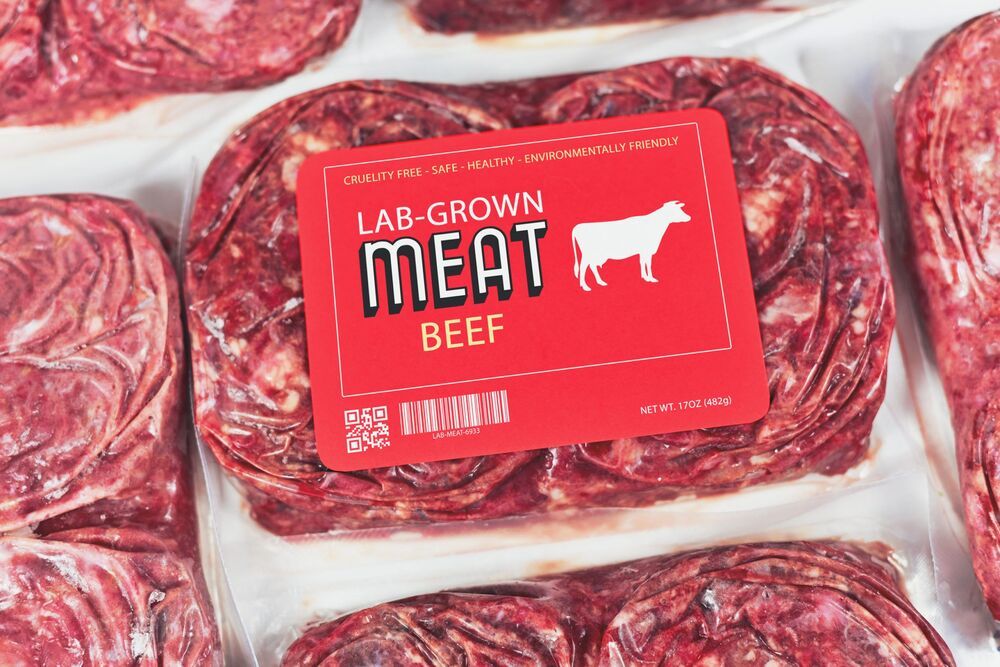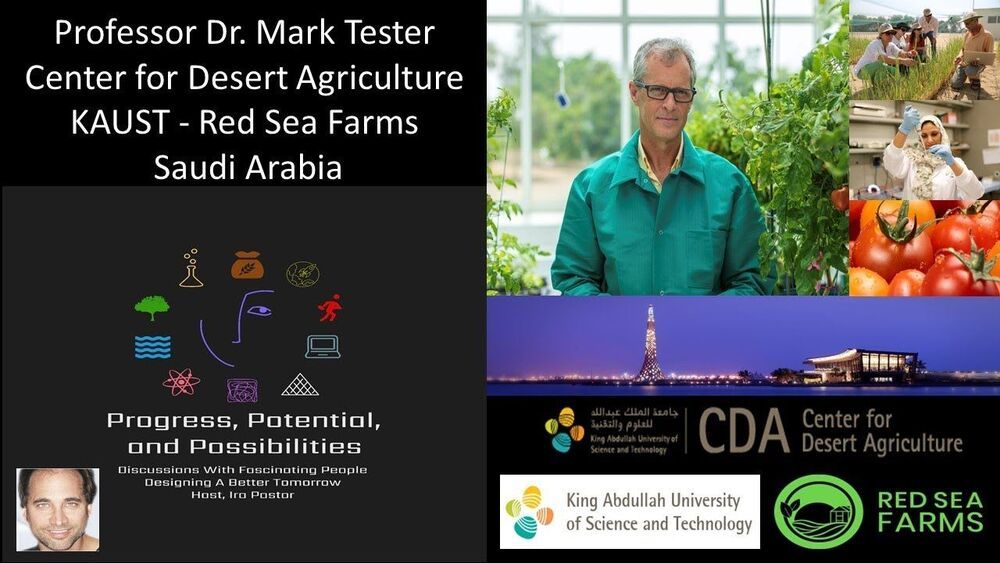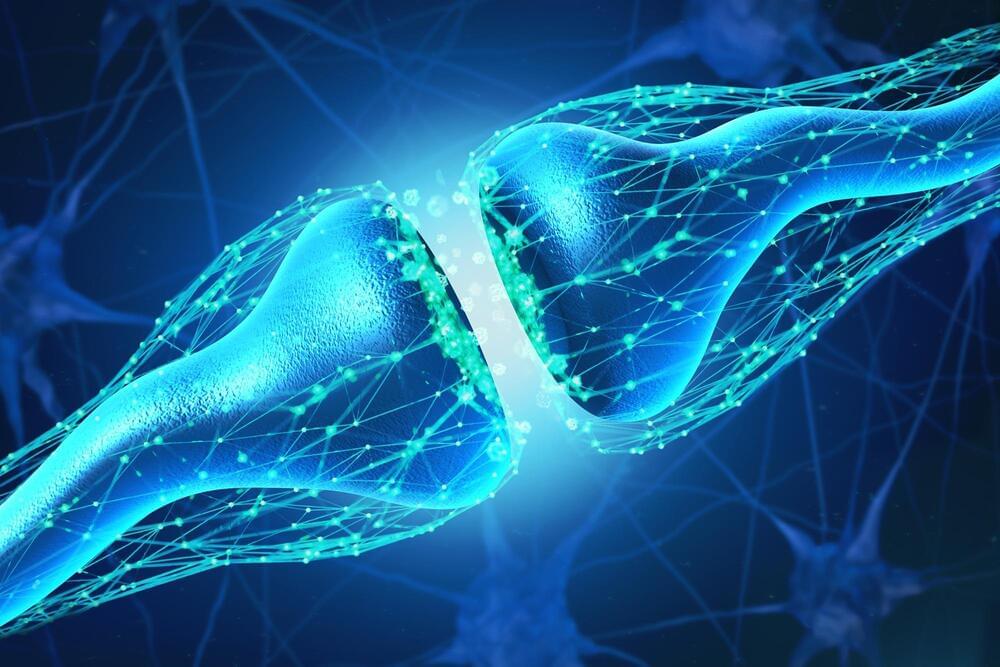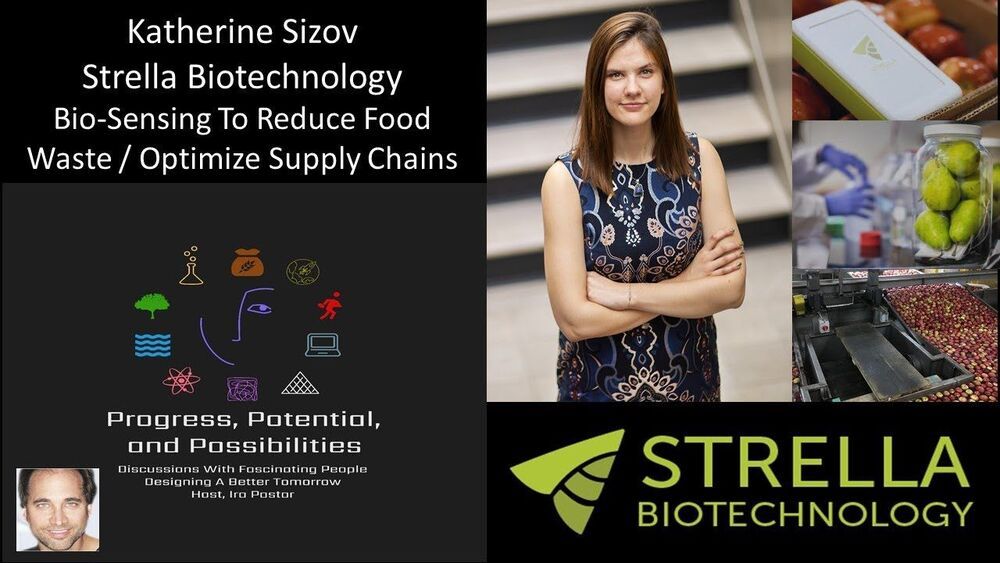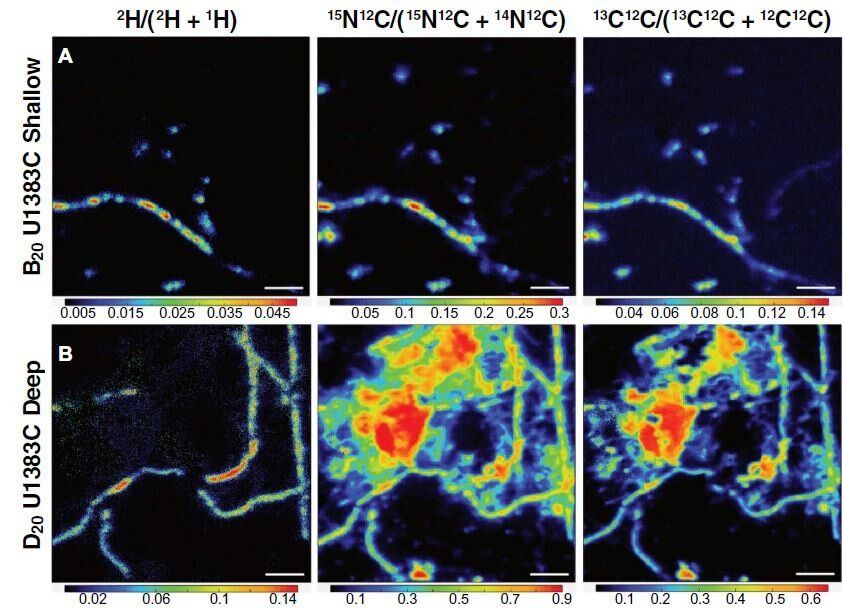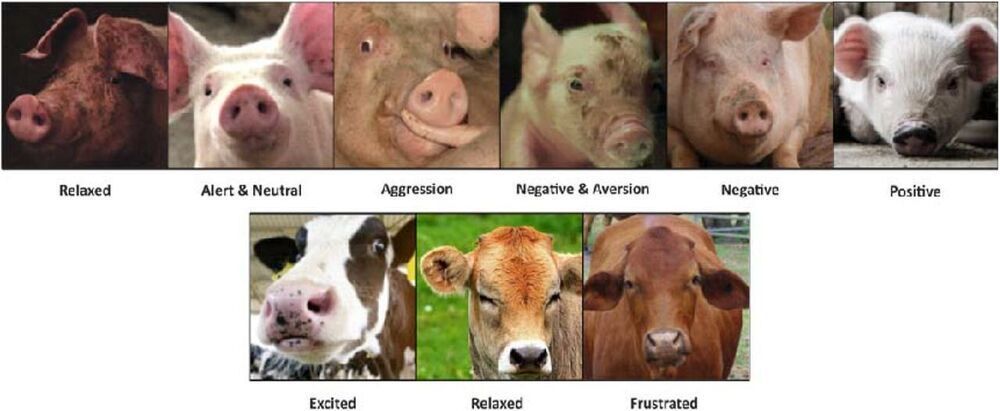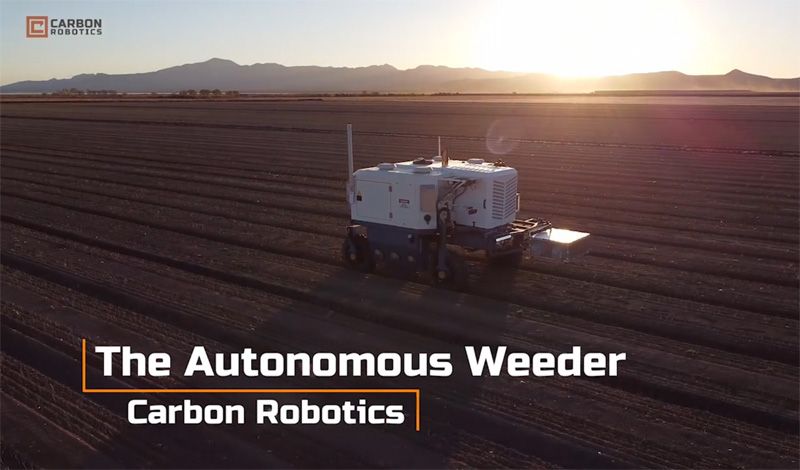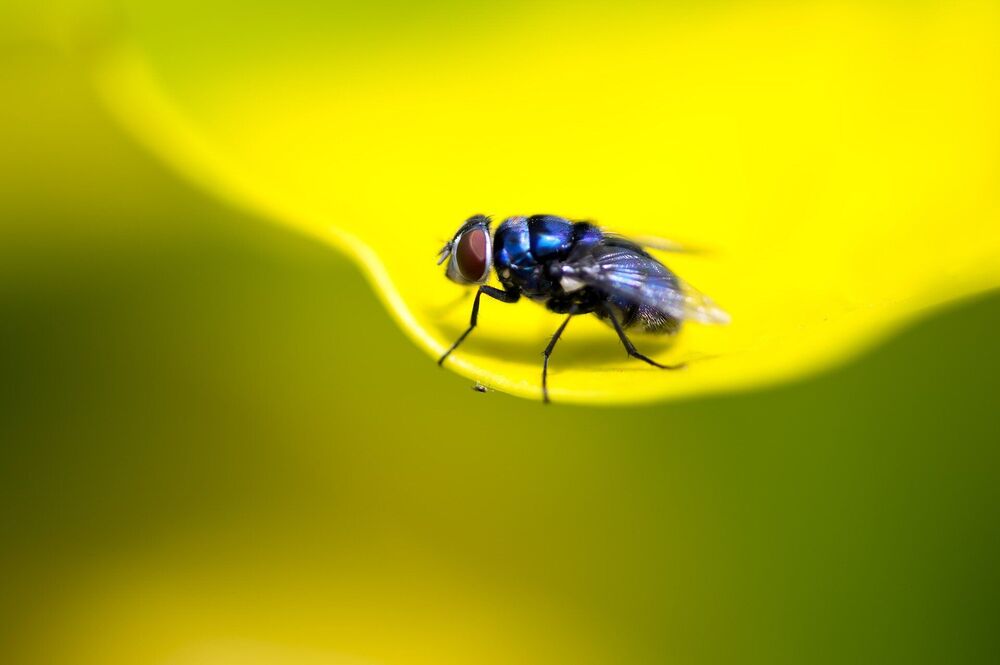May 6, 2021
A neglected protein-rich ‘superfood’
Posted by Derick Lee in categories: economics, food, sustainability
And as well as producing less waste, insects can also live off food and biomass that would otherwise be thrown away, says Collins, contributing to the circular economy, where resources are recycled and reused. Insects can be fed agricultural waste, such as the stems and stalks from plants that people don’t eat, or scraps of food waste. To complete the recycling chain, their excrement can be used as fertiliser for crops.
Insects are a nutrition-dense source of protein embraced by much of the world. Why are some of us so squeamish about eating them?

